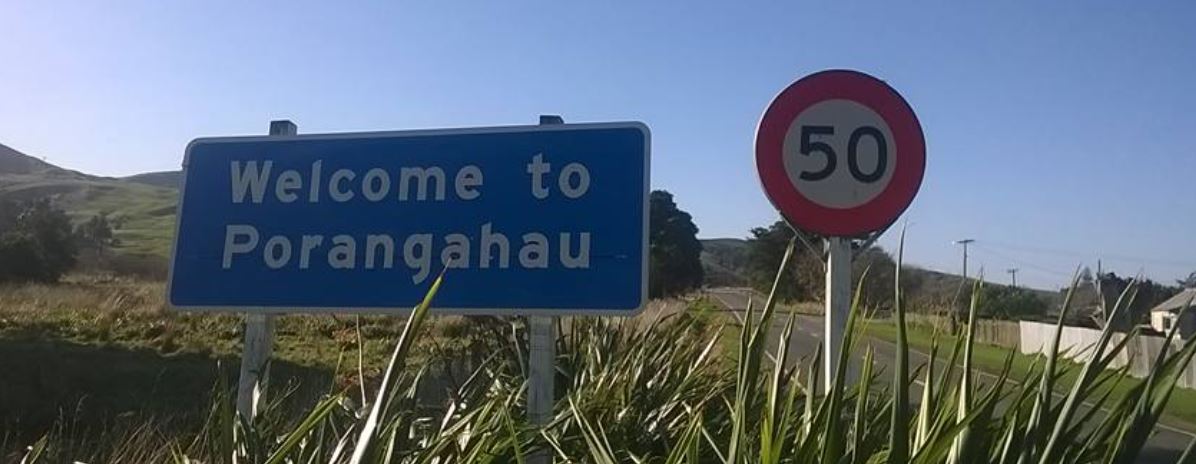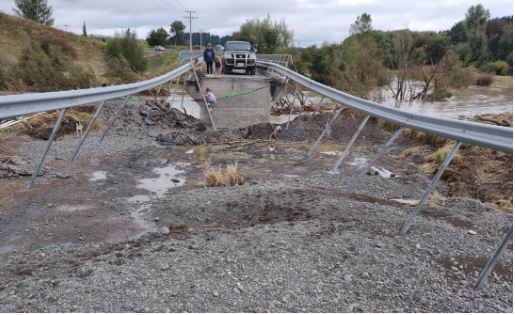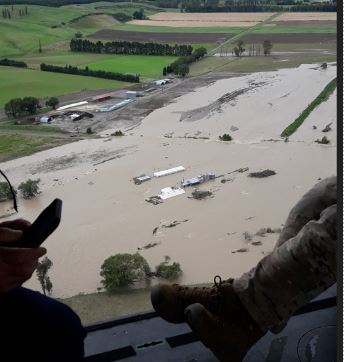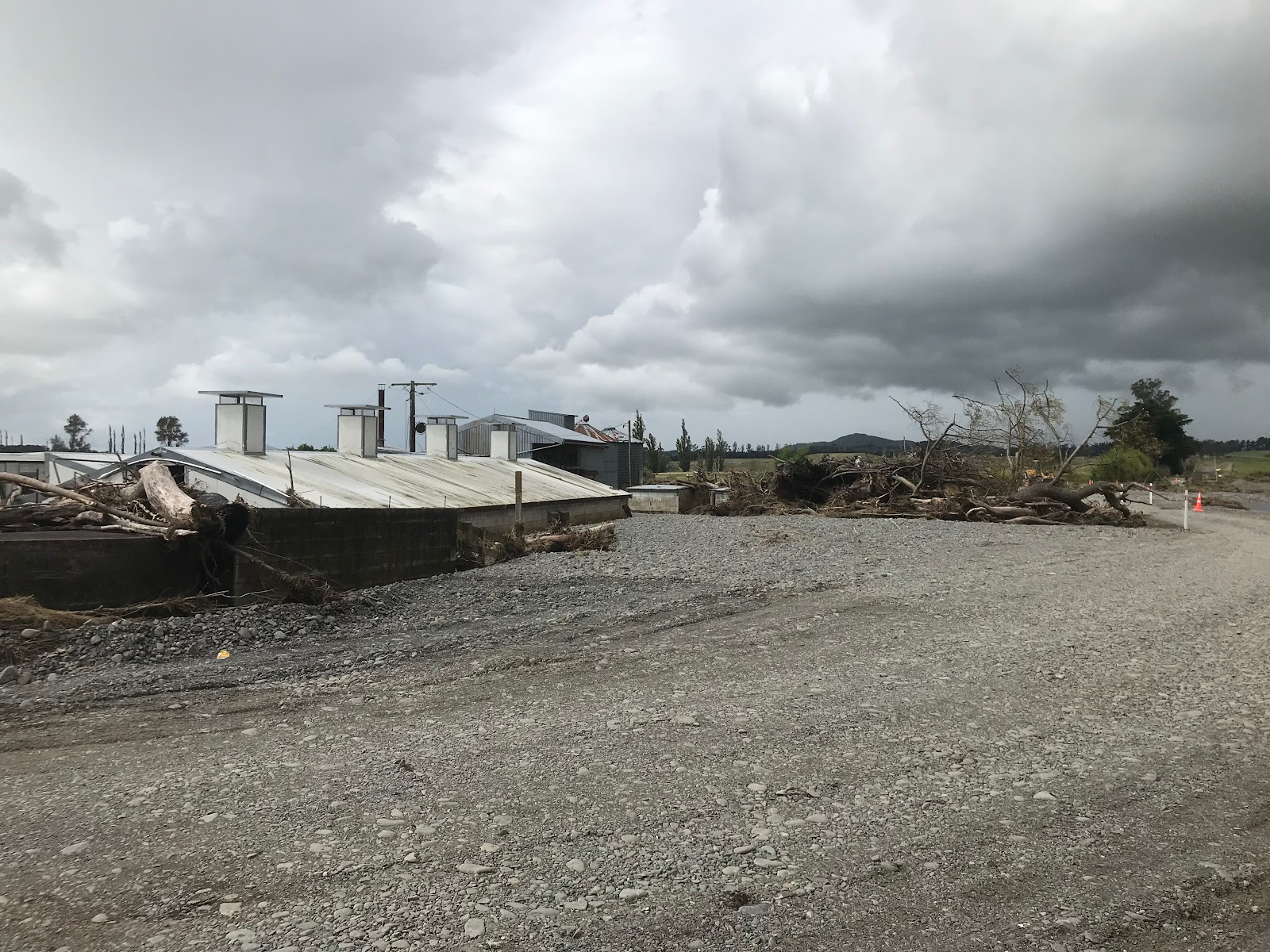Our surge deployment is now on its last day (Wednesday) and here in Central Hawkes Bay, the council is preparing for recovery. Myself and my surge colleagues will go back to our day jobs, having been fully immersed in the EOC. Like previous deployments, the mind-shift for deployment has been a strange and surreal thing. It feels like we have been fully immersed in the fabric of Central Hawkes Bay forever, that living out of a pack in a motel is entirely normal, and that the journey to get here was something I saw on TV that happened to someone else. There is also a small feeling of guilt about going back to BAU and leaving the people here at Central Hawkes Bay, and the wider Hawkes Bay region, with the task of rebuilding their infrastructure and in some cases, rebuilding their lives.
The disparity between the status of the emergency response across the wider Hawkes Bay was made apparent at our Group (region-wide) intelligence briefings this week. 1100mm of rain in 24 hs up the top of Esk Valley will do that. The NZDF still has a significant presence in the wider Hawkes Bay at both the coordination centre and on the ground,
As of today, day 27 after Gabrielle hit:
- Regionally, Hawkes Bay is far from recovery. There were a few communities up the coast who are only now making contact with the response effort, now 27 days since the event, due to their isolation.
- SH2 remains compromised north of Napier near Devils Elbow, which is proving a major issue including for stock movement.
- 4 bailey bridges are confirmed for the Hastings district, with the ETA being to have these open in 4-6 weeks. A further 5 bailey bridges for Hastings district and Wairoa are under assessment
- USAR teams remain deployed in Hawkes Bay, and have been helping to control access at some of the river crossing points
- supply drops to remote communities are still ongoing (30 isolated / inaccessible communities remain at day 27)
- the scale of Gabrielle was also reiterated with reports of one stopbank, designed for 1 in 500yr event (including a 1 metre freeboard), being overtopped - along with Gabrielle being 2m higher than the 1938 flood in Esk Valley, and Hastings ground moisture at the highest ever soil moisture recording (NIWA Gabrielle summary)
- the massive scale of Gabrielle and the immediate threat to life response across the whole region - some of the rescue / survival stories have been quite astounding
- the extent of infrastructure damage across the region
- building damage which was complete and total destruction in some confined areas, minor in other areas and "nothing to see here" for many parts of the region
- the different pace of response to recovery across the region, which reflects the scale and nature of damage being different in different areas, and the response-ability of agencies
- the hours put in during the initial response, and after, by both response personnel and infrastructure rebuild personnel and contractors across telecoms, broadband, power, roading and river engineering crews
- the inter-agency support effort, involving FENZ, Police, NZDF, Australian DF, NEMA, helicopter / aircraft operators, infrastructure agencies, contractors, volunteers, and councils
- finally, the NZ CDEM system and capability that has been developed and is being continuously improved, to coordinate this response, including the ability for an initial rapid response then surge teams to boost capacity, with each event preparing us better for the next one

























































